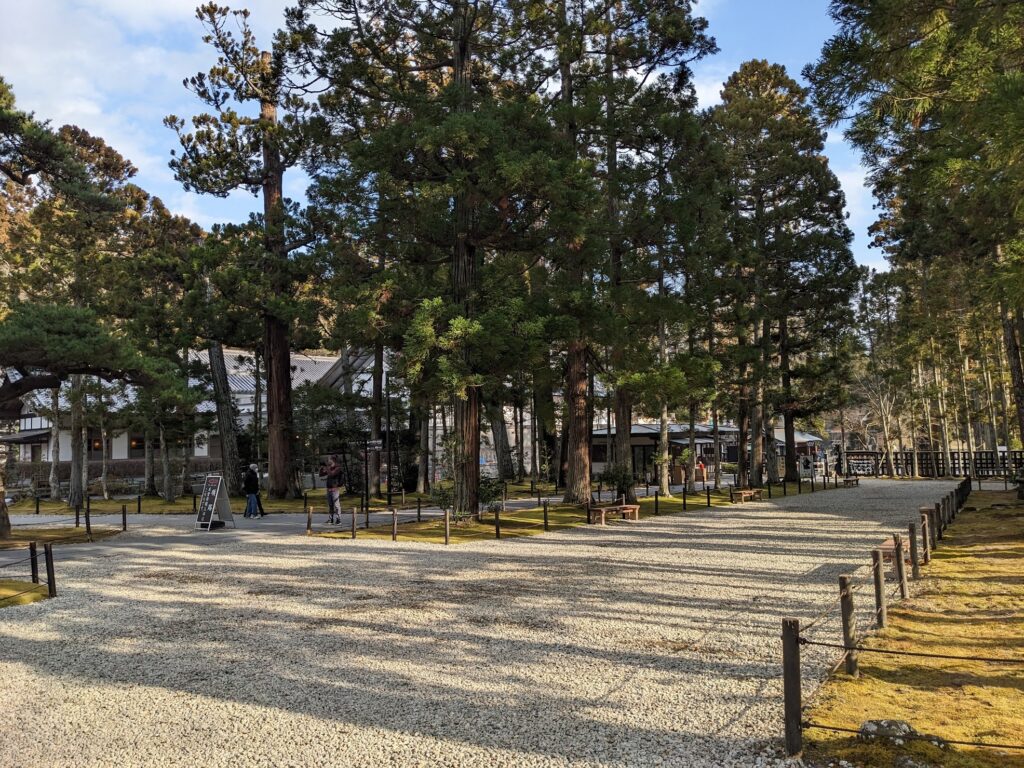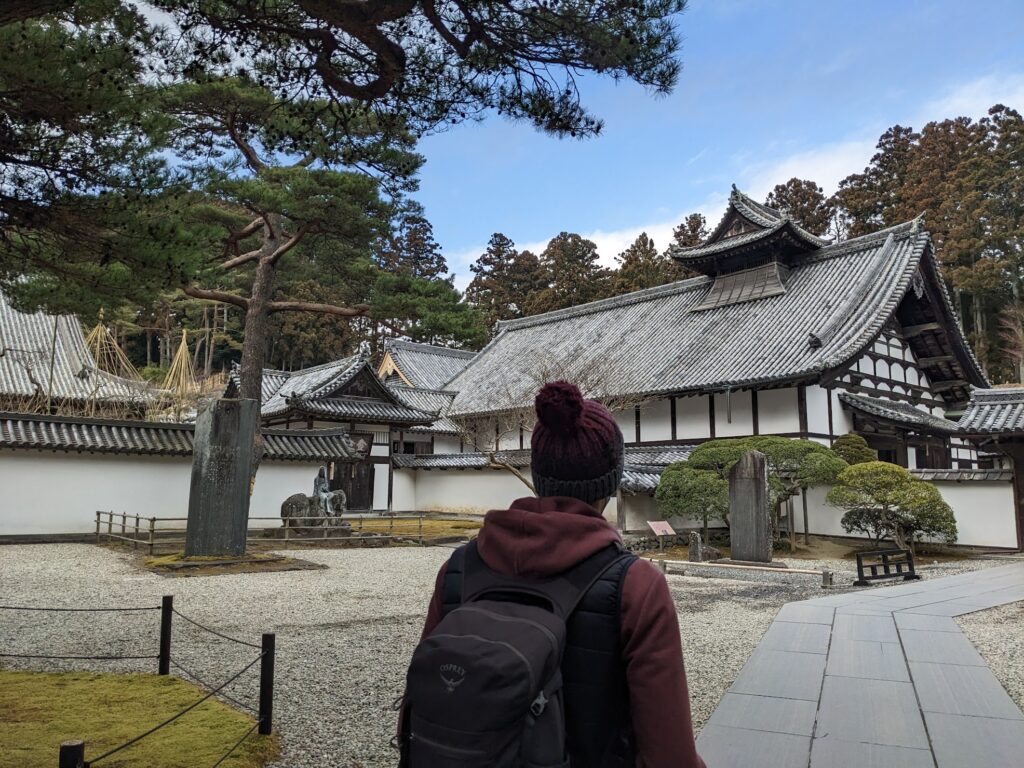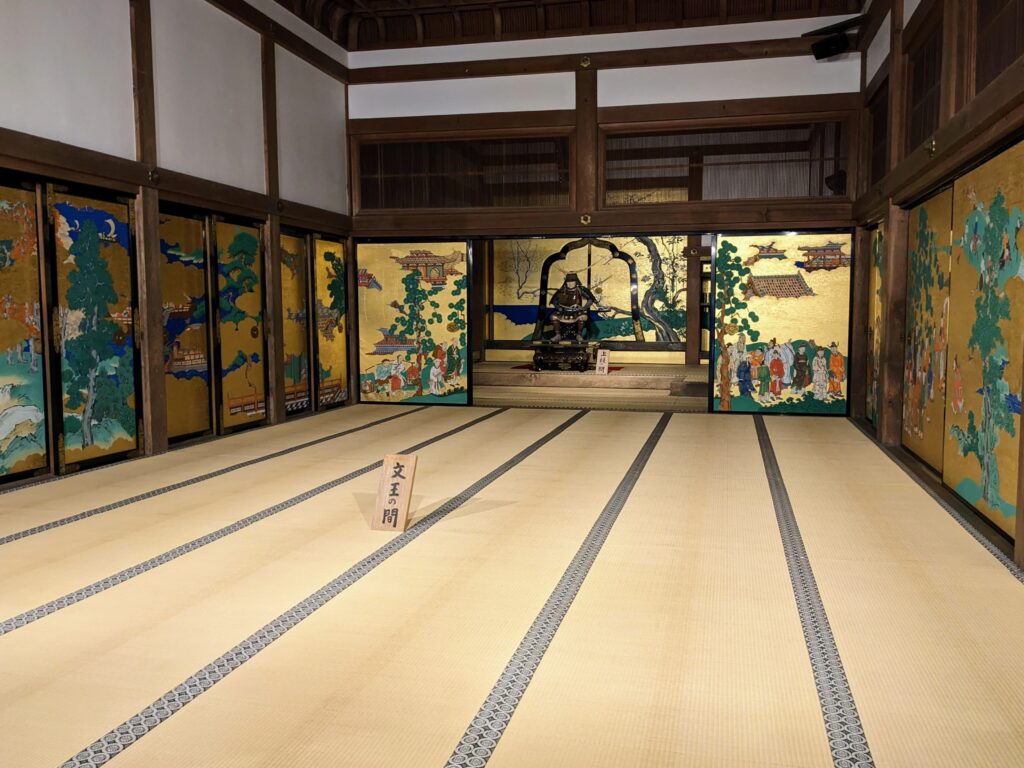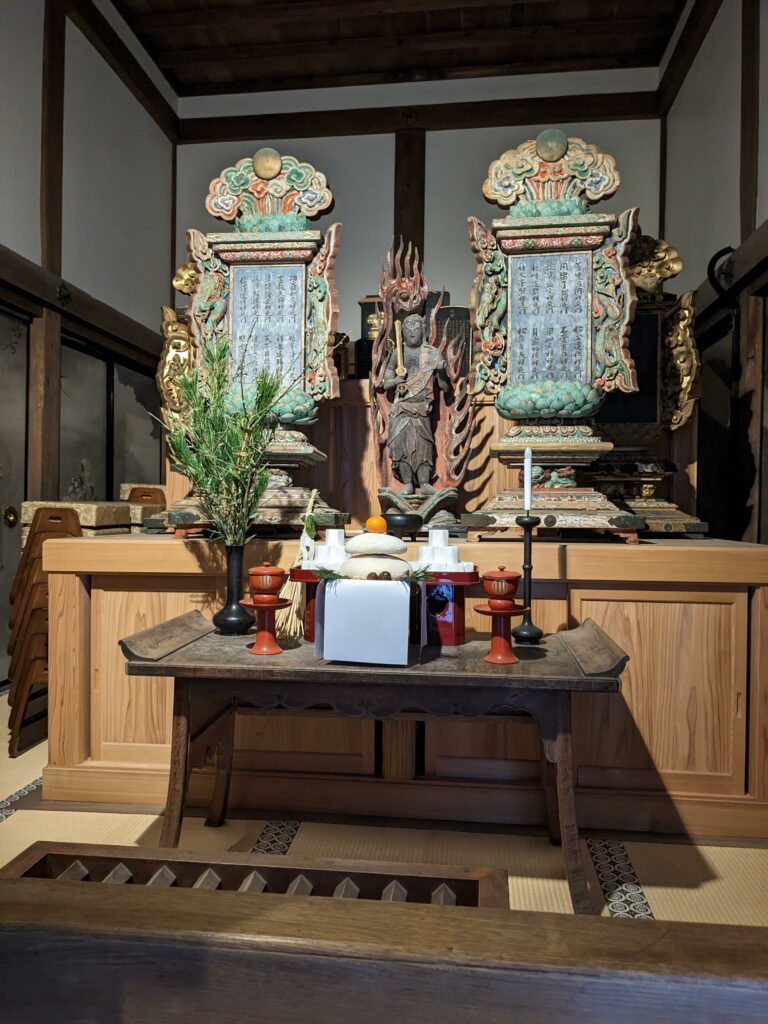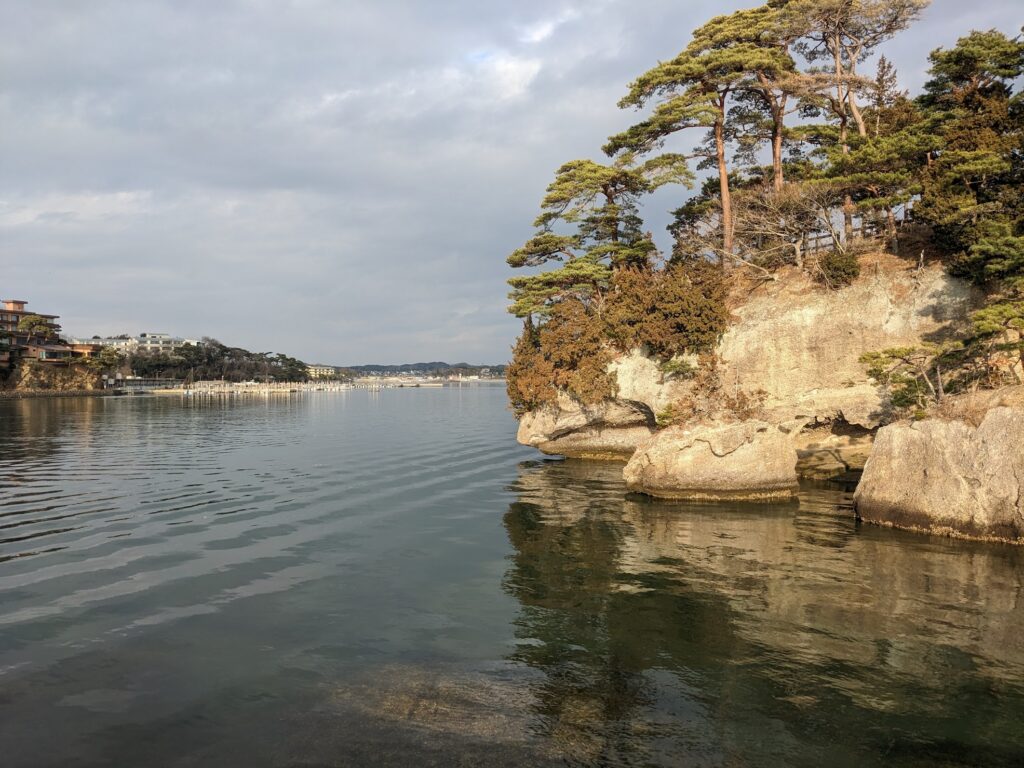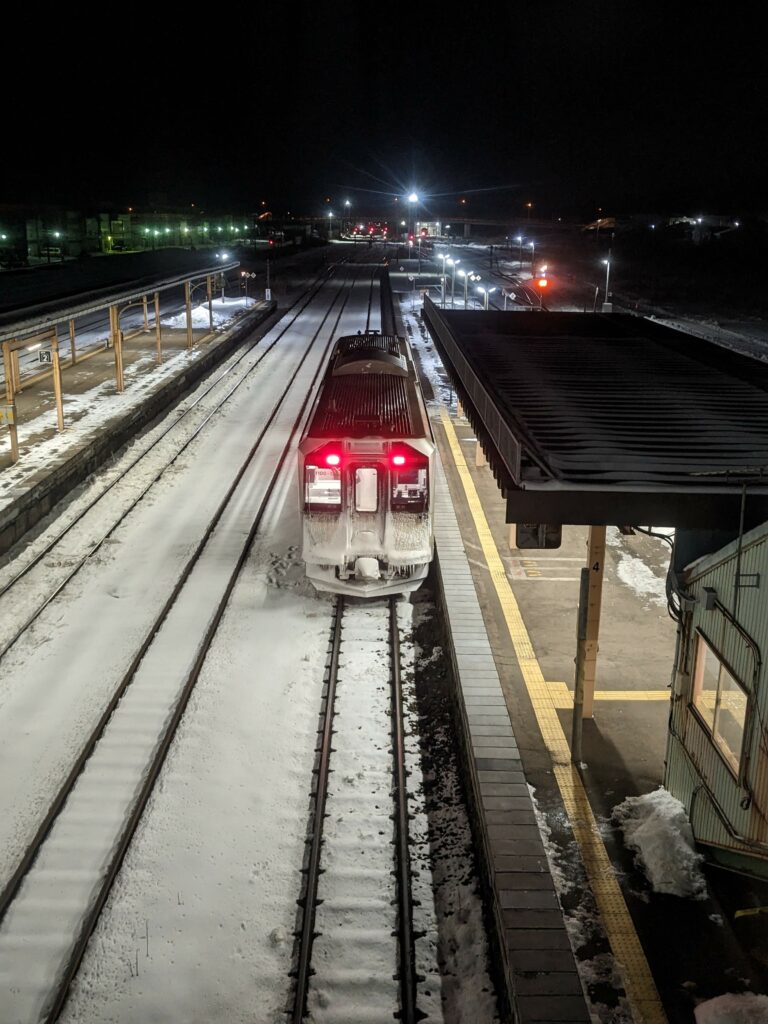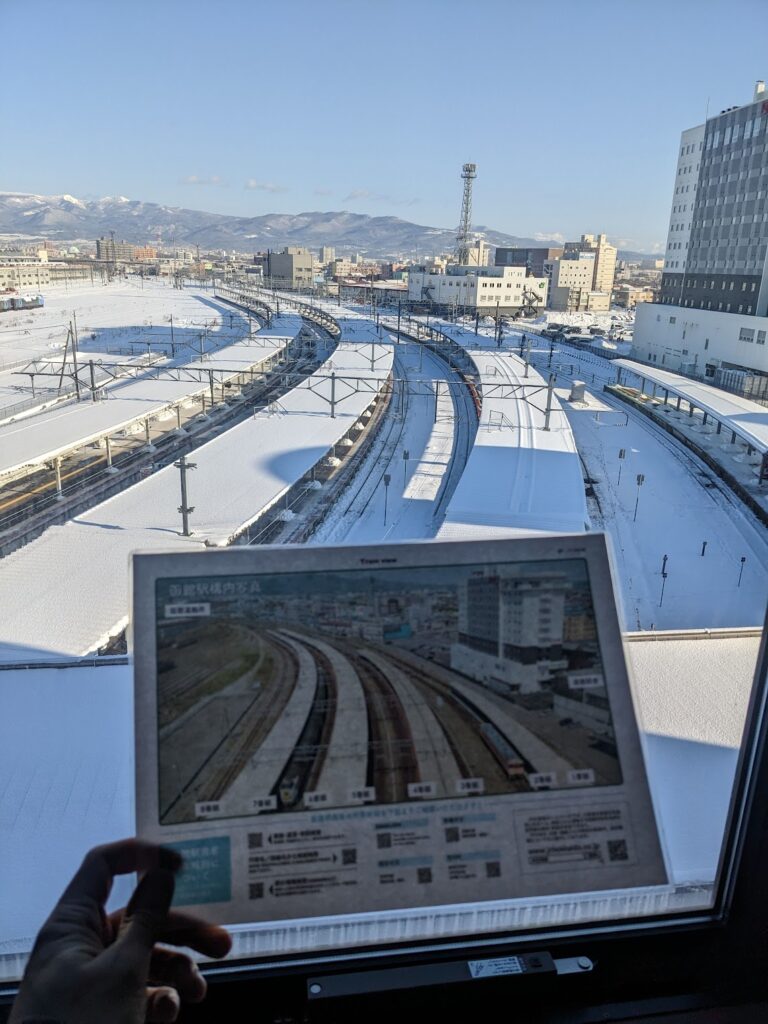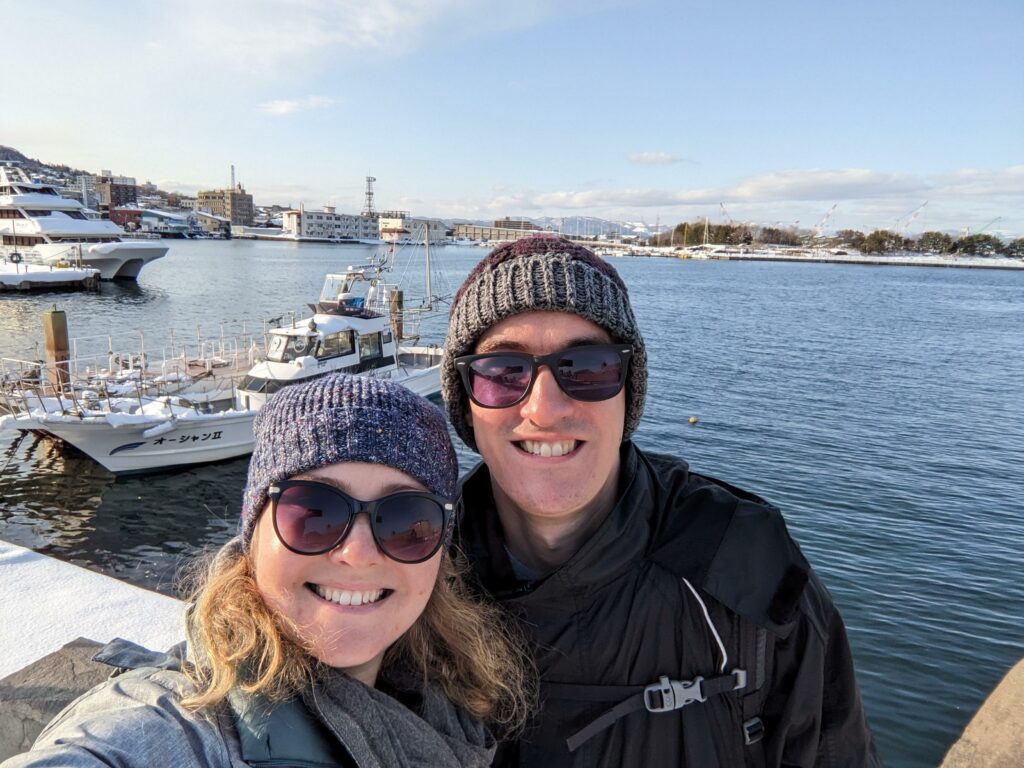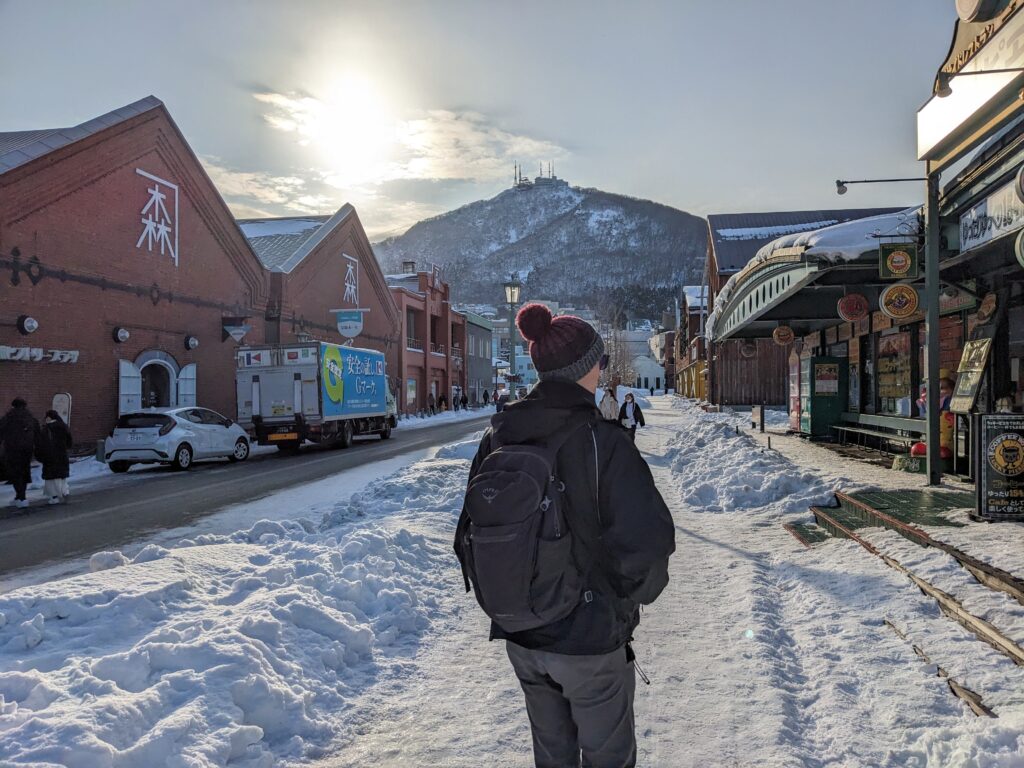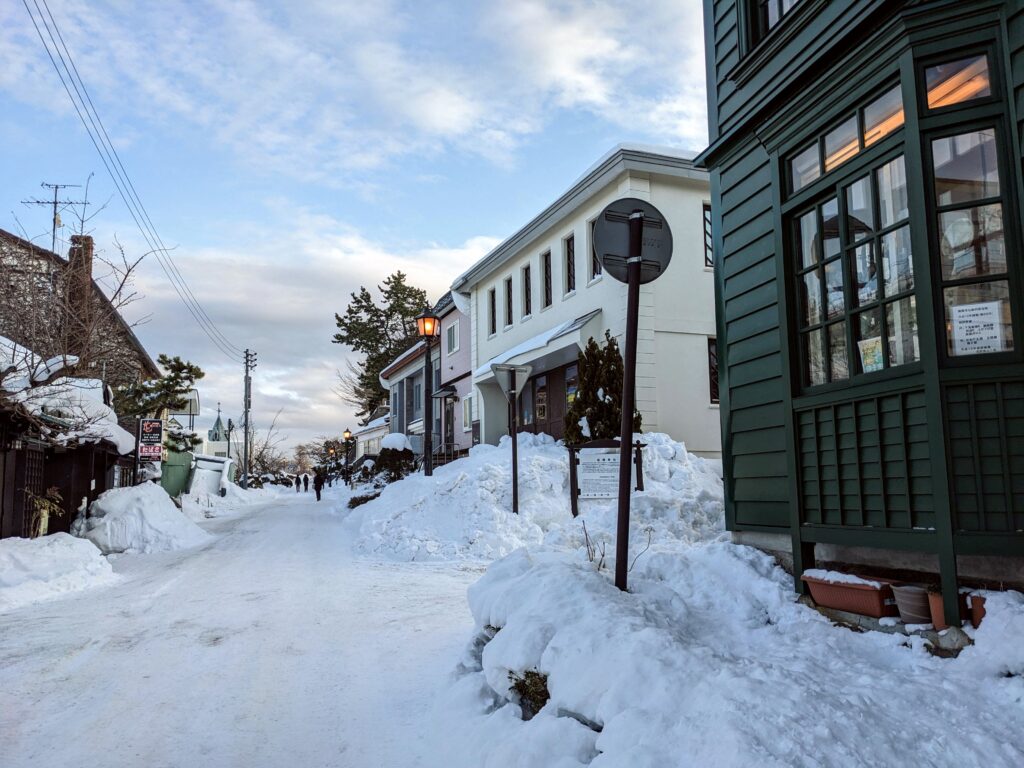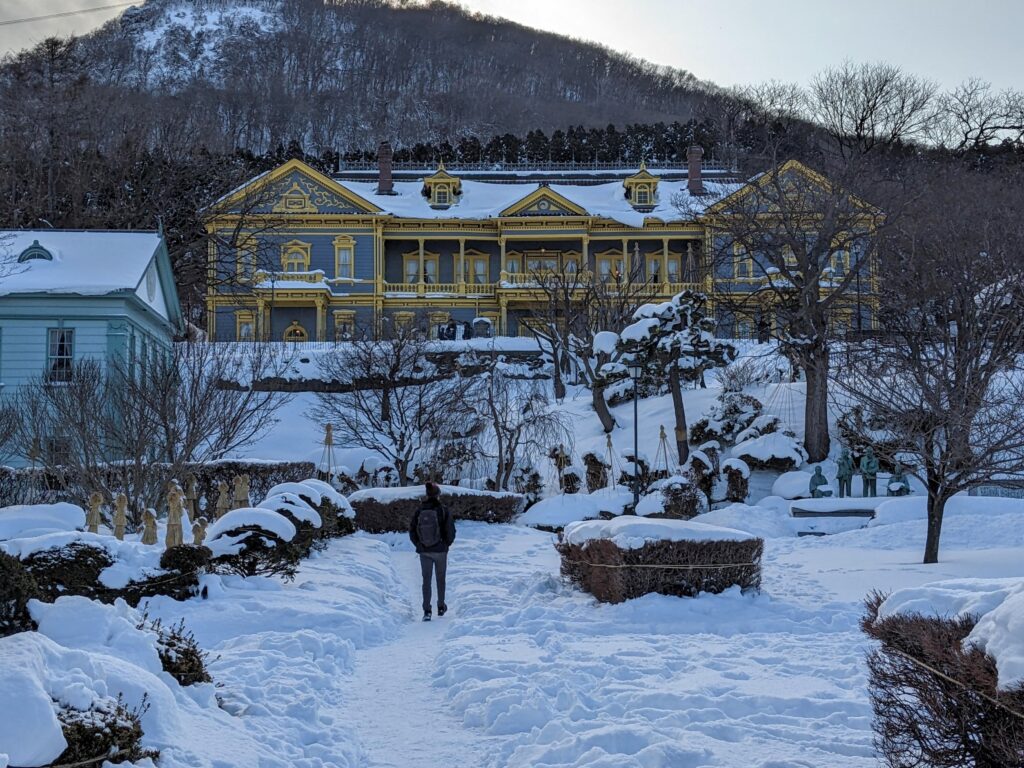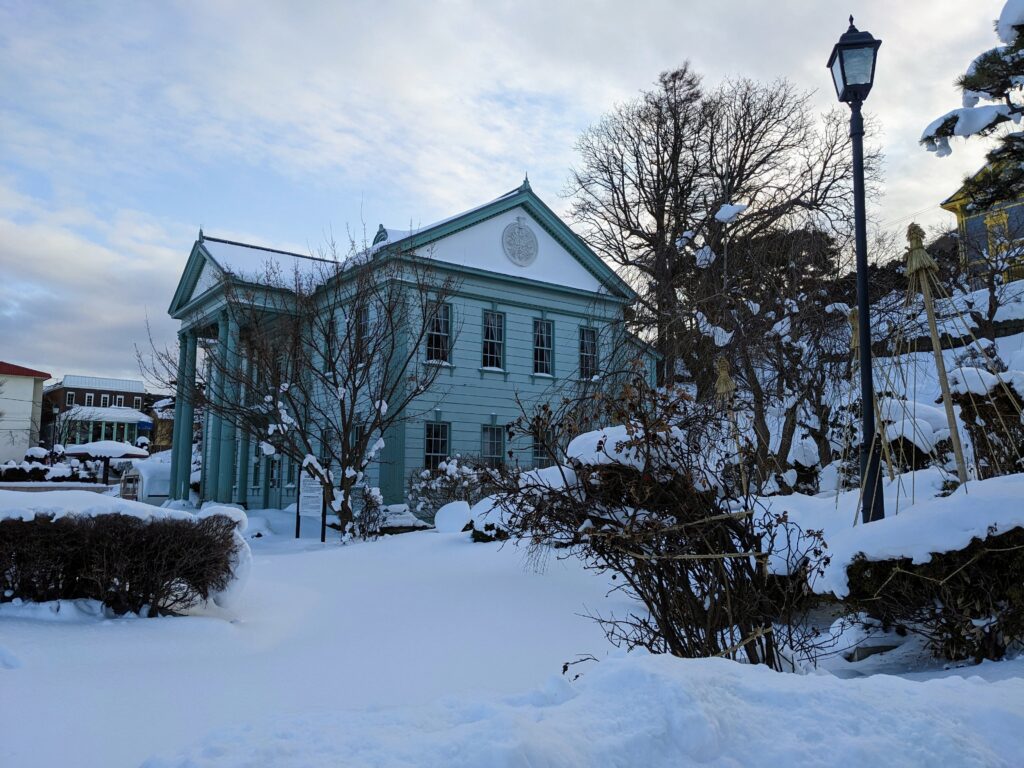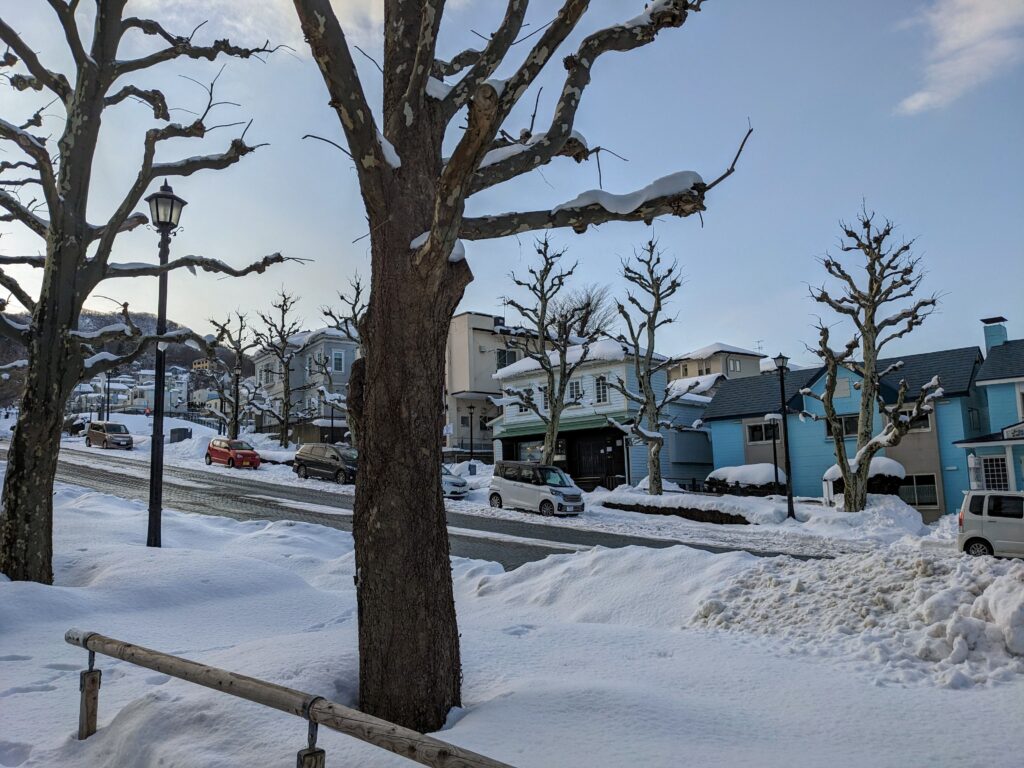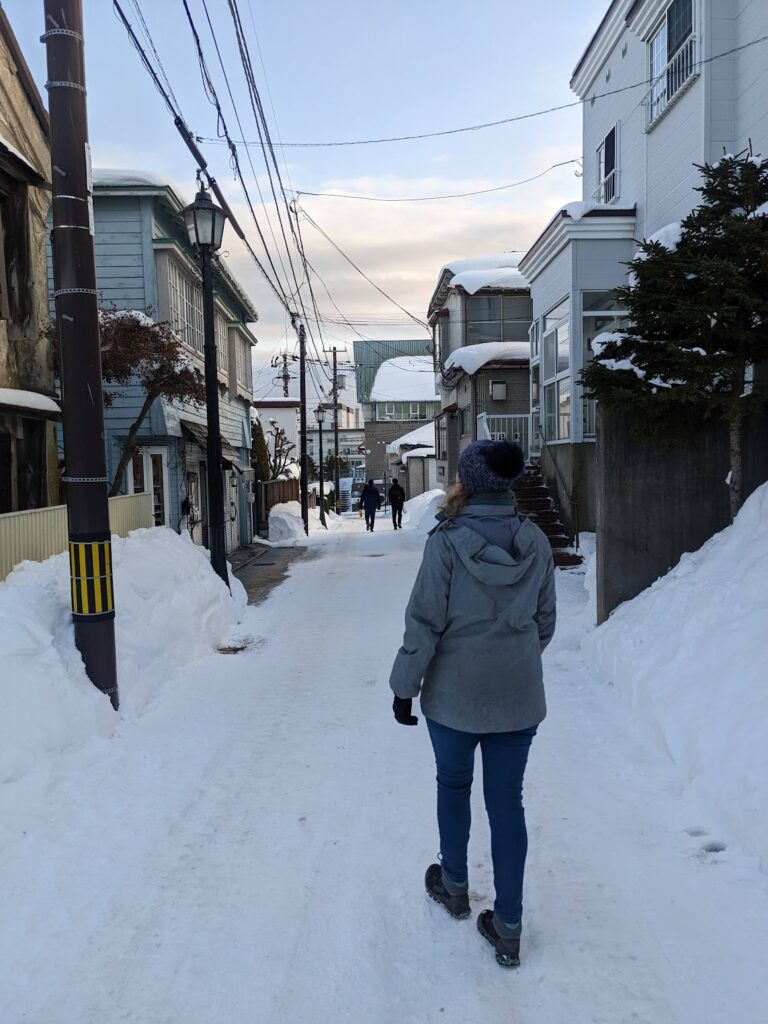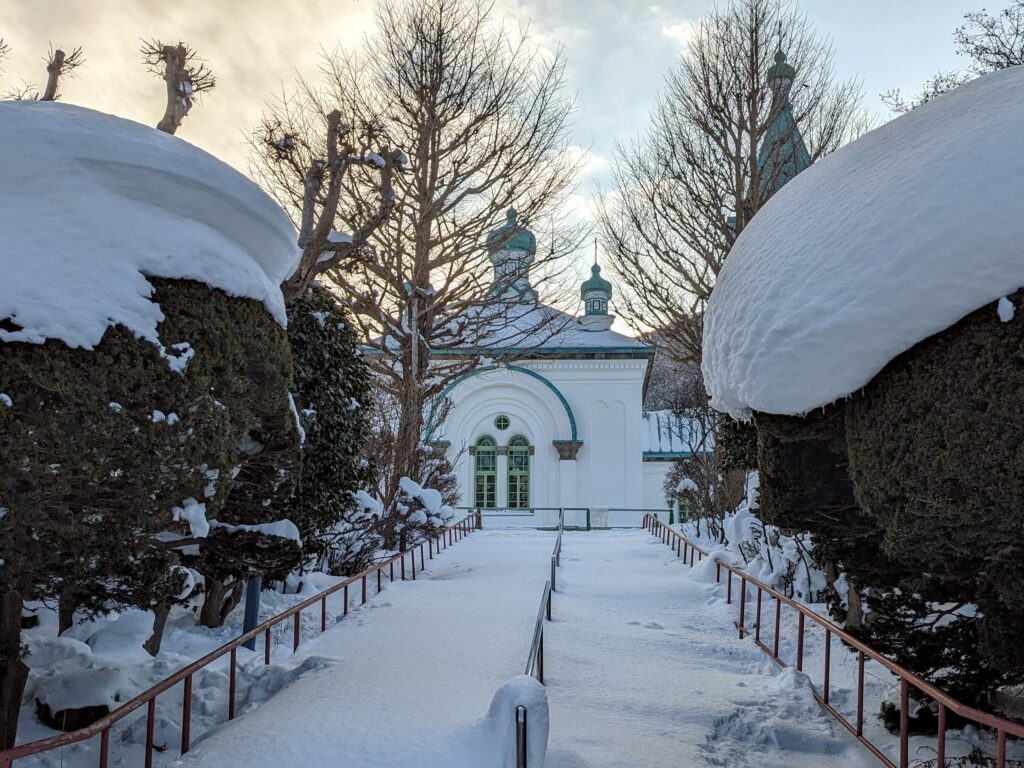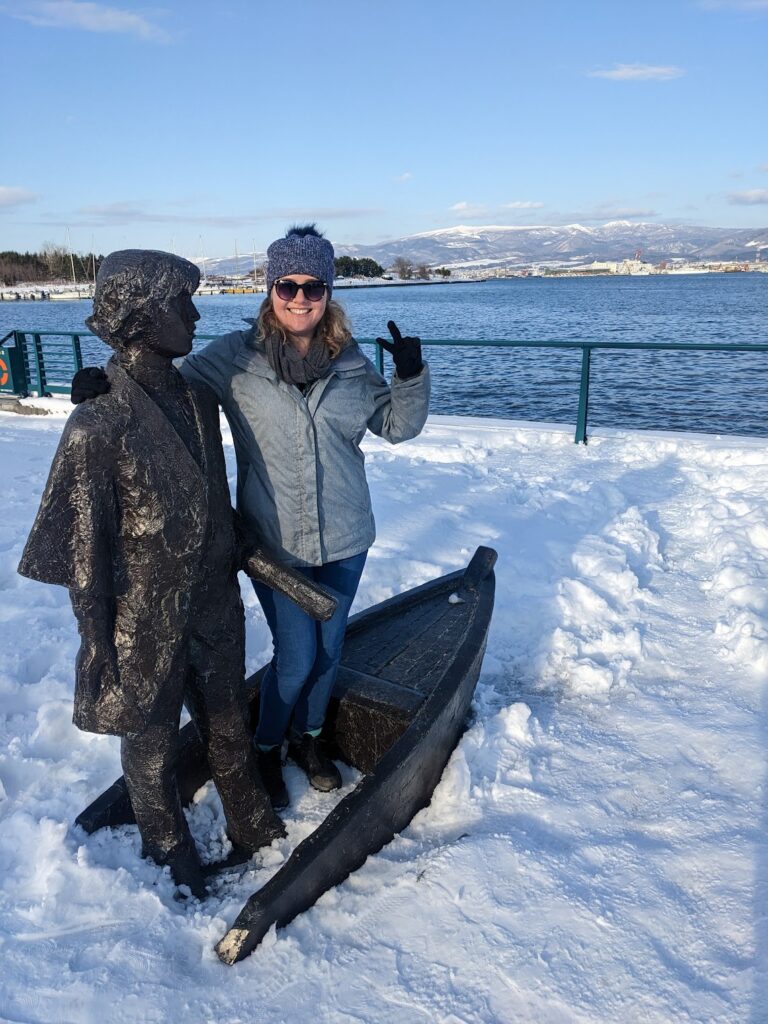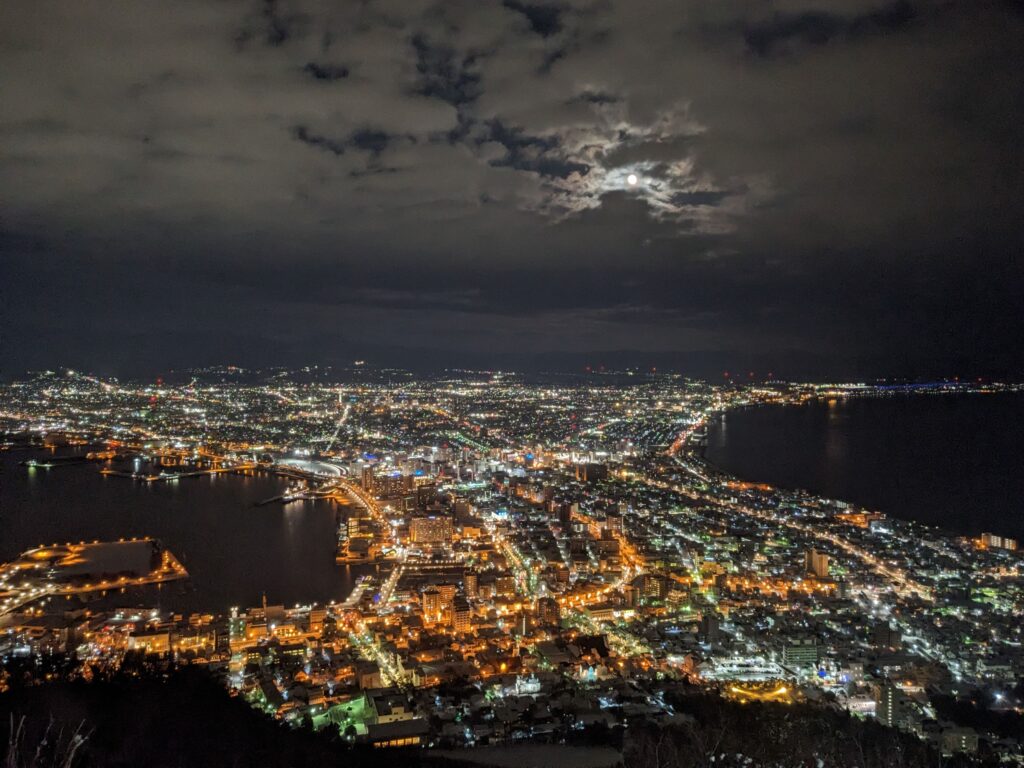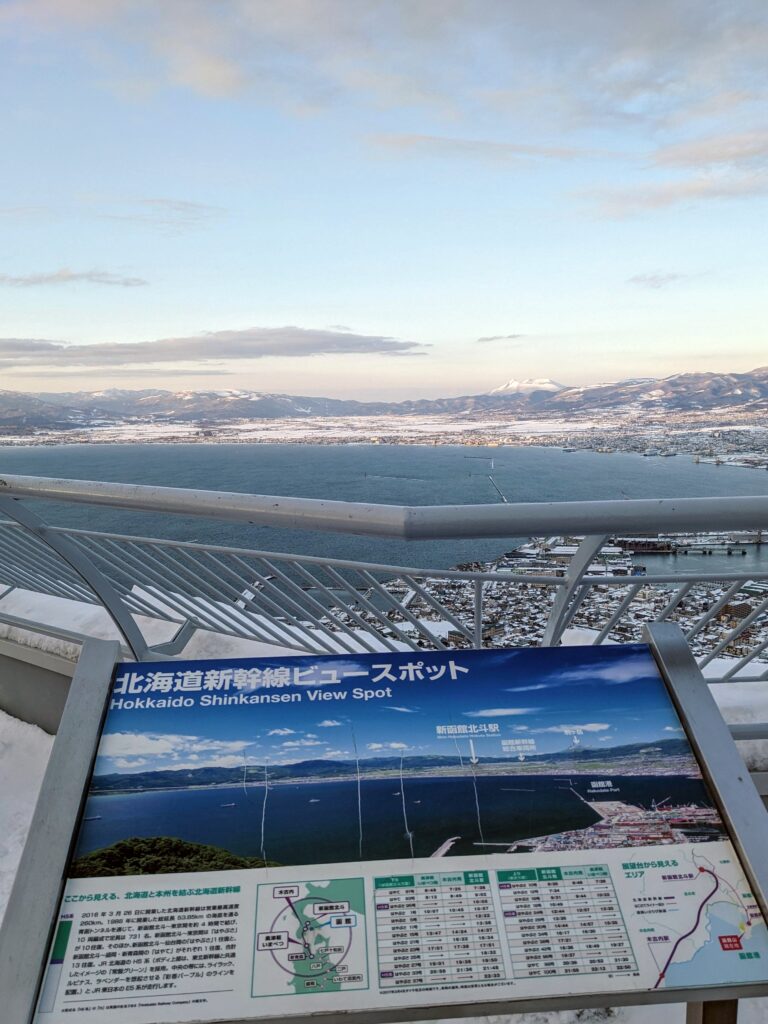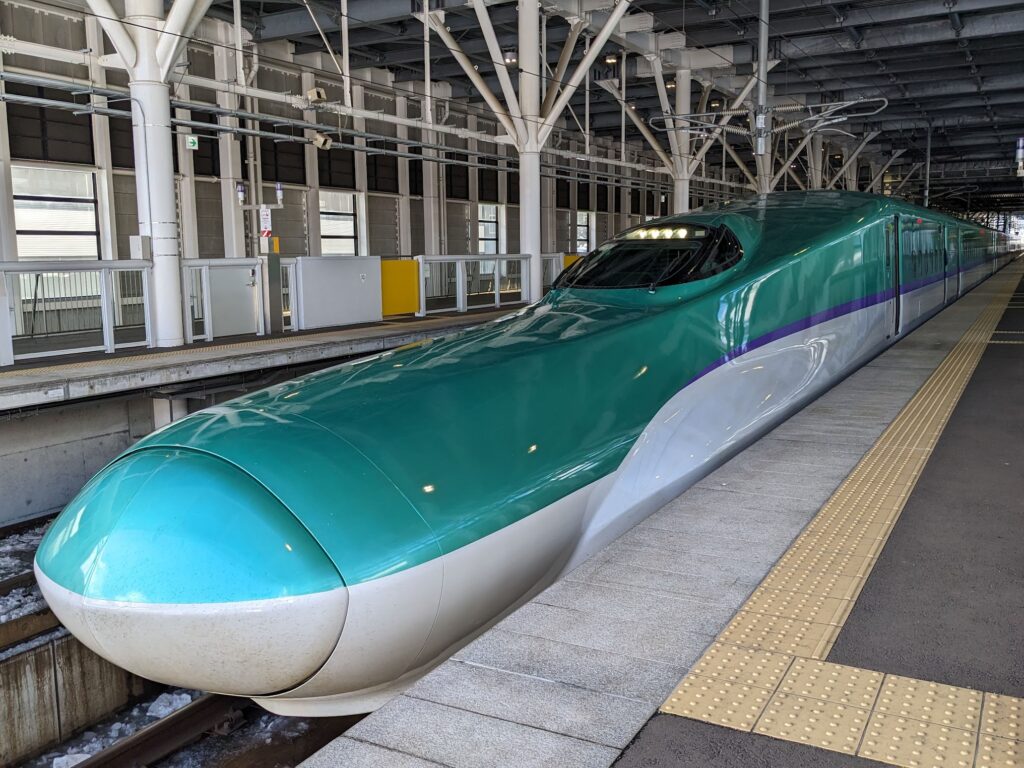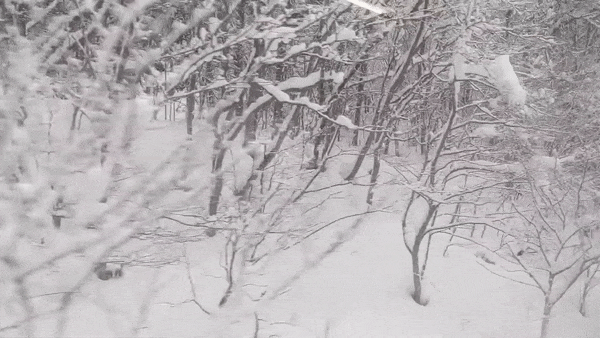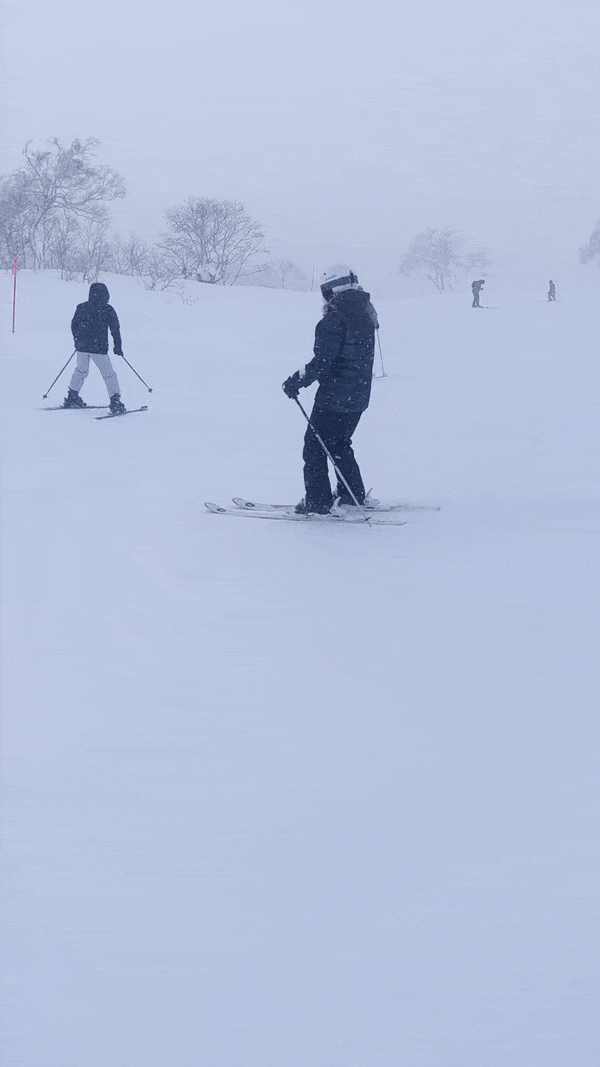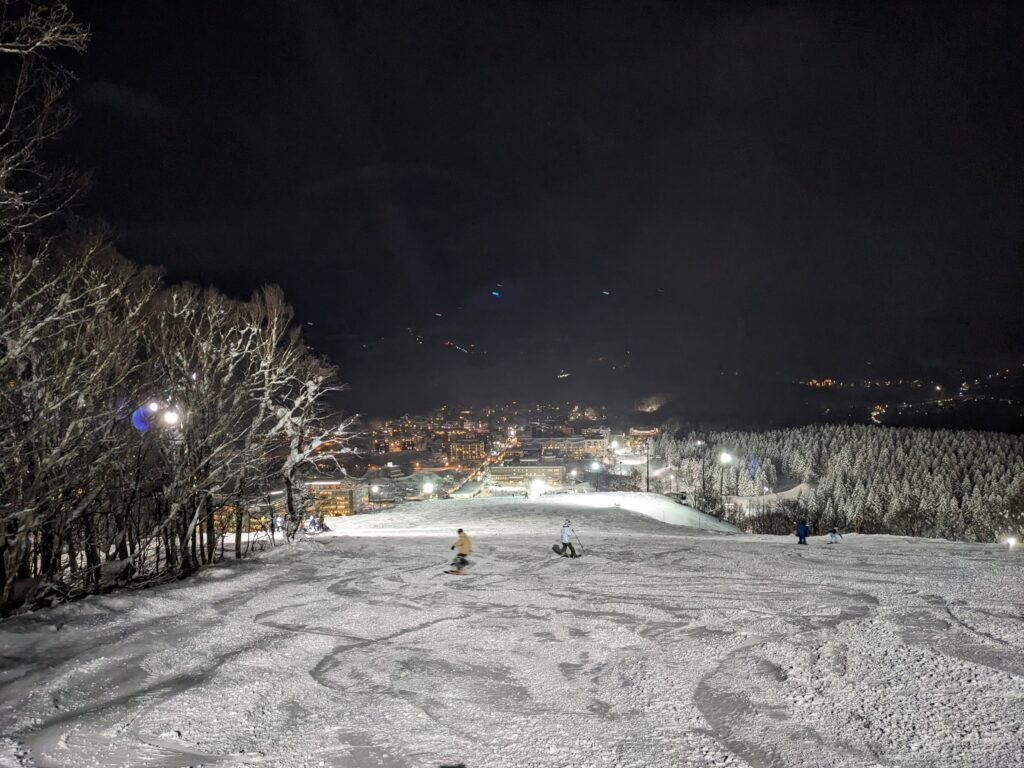Another Shinkansen bullet train brought us back to the island of Honshu, where we’d picked Sendai as a base for the next three nights. This was as much for its convenience for a couple of day trips as it was for its exciting food scene.
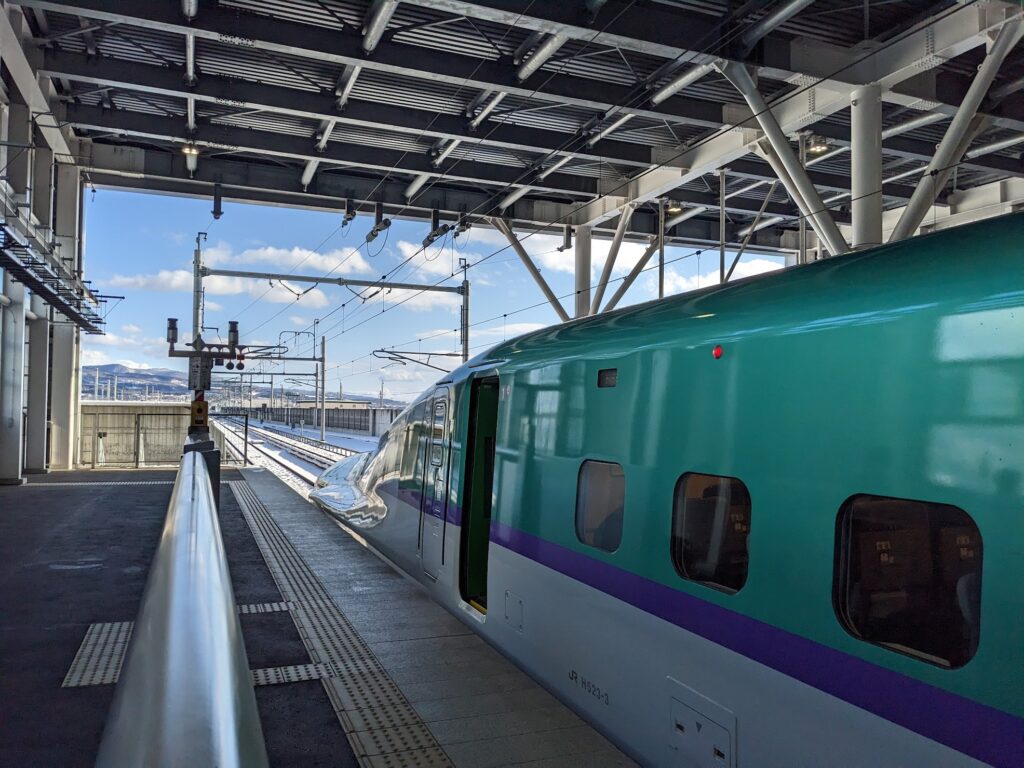
Day trip 1: Matsushima
On our first day out we took a local train along the coast to Matsushima. The coastal town is famous throughout Japan for its beautiful collection of pine-covered islands dotted across its bay.
Matsushima is also home to Zuigan-ji, a Buddhist temple constructed in 1606. After a short walk through the grounds we kicked off our shoes to explore the temple’s dark wood interior, which was beautifully decorated with golden painted screens. The temple was built by Date Masamune, a regional ruler and founder of modern day Sendai, to serve as the family temple. However, we were saddened to learn that when he died, 15 of his samurai committed junshi, also known as “suicide by fidelity”.
When our stomachs started to rumble, we picked up some local delicacies from a seafront cafe. Sara went for kiritanpo (kneaded rice on a bamboo stick), which she barbecued over charcoal until it puffed up and the outside turned golden and crispy. I’m not entirely sure what I got, but it was softer in consistency and fortunately they barbecued it for me. While both skewers had quite a subtle flavour, the kiritanpo had a very satisfying texture, and their warmth was very welcome given the cold outside.
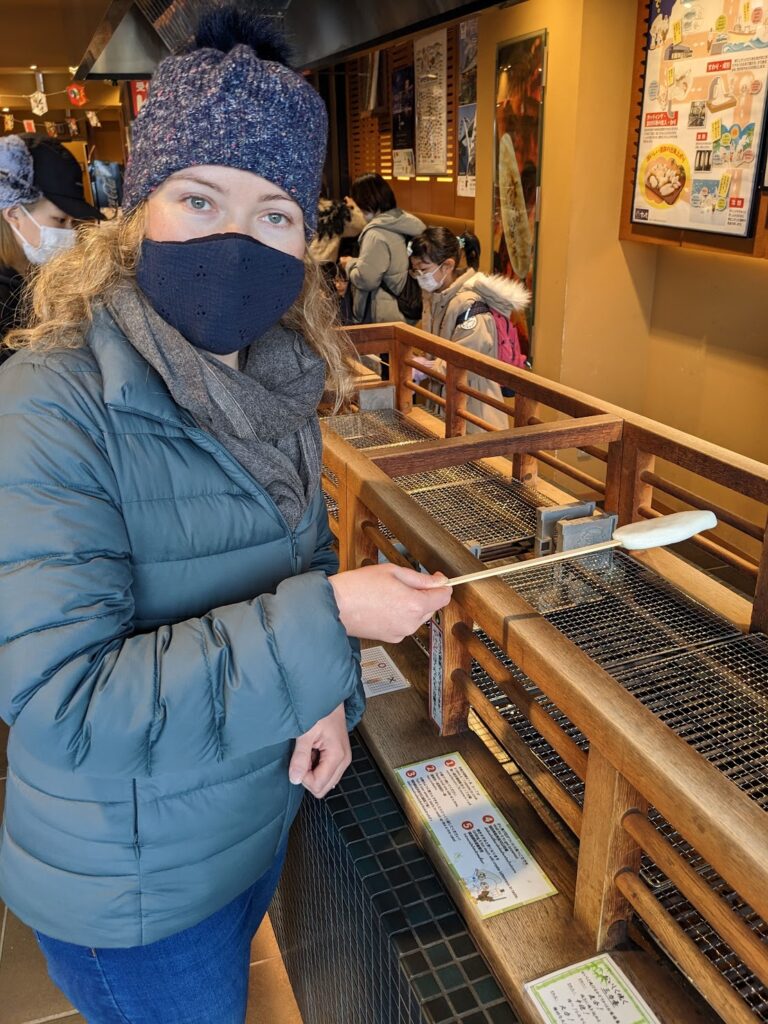

The real highlight of the day trip was a walk around Fukuura-jima, a small island connected to the mainland by a vibrant red pedestrian bridge. The island has a circular perimeter path, affording stunning views across the bay in the late afternoon sun, which had already begun to cast a golden glow across the sea.
That evening we returned to Sendai to try another local delicacy for dinner – beef tongue. For this, we sought out a restaurant called Tanya Zenjirou, located on the third floor of a covered arcade not far from Sendai’s main train station. Between us we tried tongue three ways; sliced in half (pictured below), thinly sliced and in sausage form. Honestly, the taste was great, primarily because it had been expertly barbecued to ensure it was smokey and charred on the outside while still rare on the inside. I don’t think either of us had expected this dish to be a winner, but I’d happily eat it again!
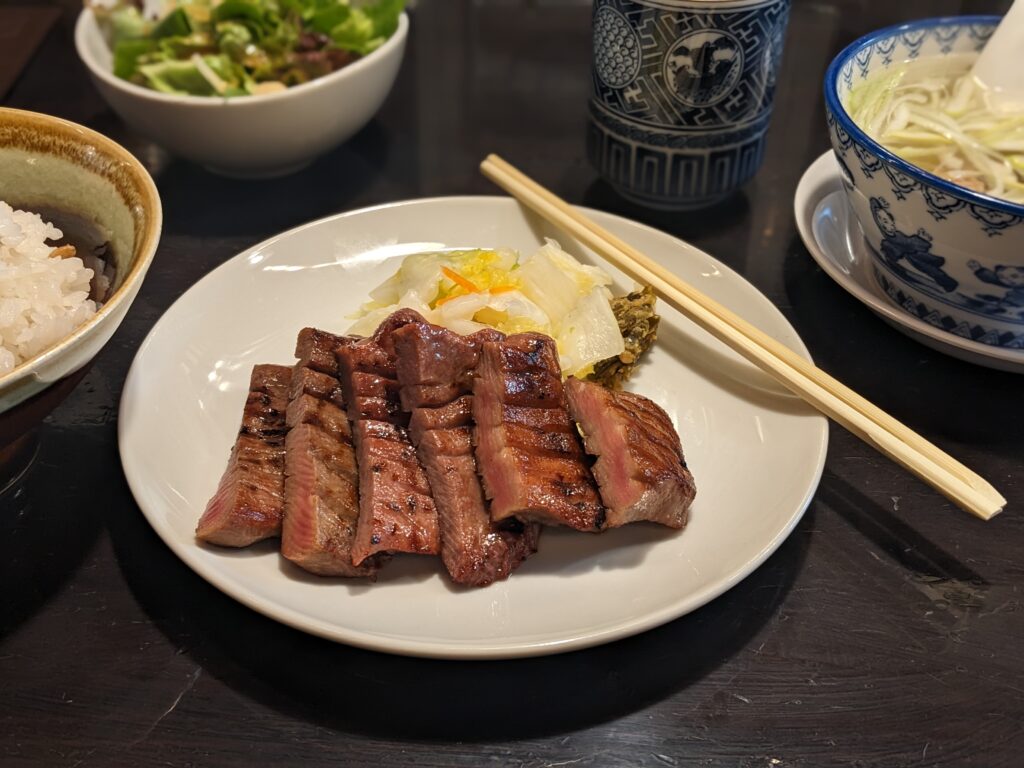
Day trip 2: Ganiba Onsen
The next day, we travelled 226 km by Shinkansen to Tazawako, followed by a local bus up the snowy mountain to Ganiba Onsen. Once again, I was very happy to be a passenger on the bus as it trundled its way through snowy forests and past ski areas to finally reach our onsen at the end of the line.


While this onsen had typical indoor baths, it also had an outside mixed bath located at the end of a very snowy path. Fortunately, the onsen owners had ploughed a path through the snow (which came up to my shoulders!) as otherwise there’s no way we would have found it.
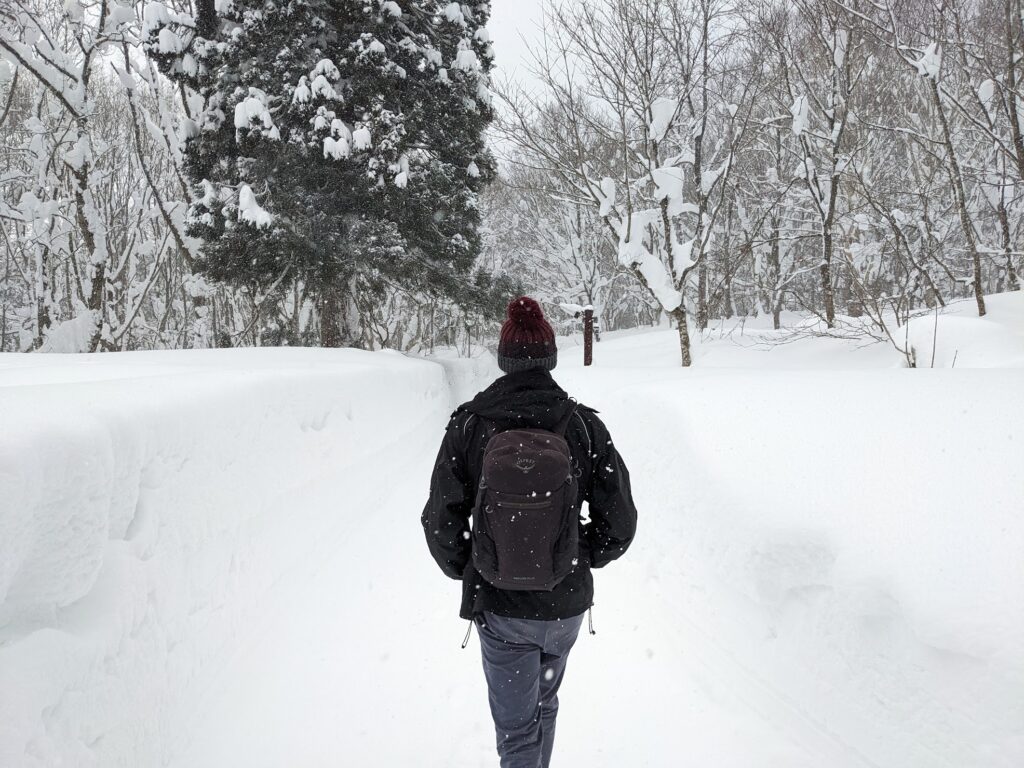
The outdoor onsen itself was absolutely stunning. It required a bit of a leap of faith to leave our clothes in the changing rooms and emerge into the sub-zero temperatures, but we left any anxiety behind us as soon as we plunged into the lovely warm waters. The water was so warm in fact that we ended up using some of the surrounding snow to cool ourselves down! It was so relaxing soaking in the steaming water, watching piles of snow periodically fall from the heavily laden tree branches surrounding the pool.
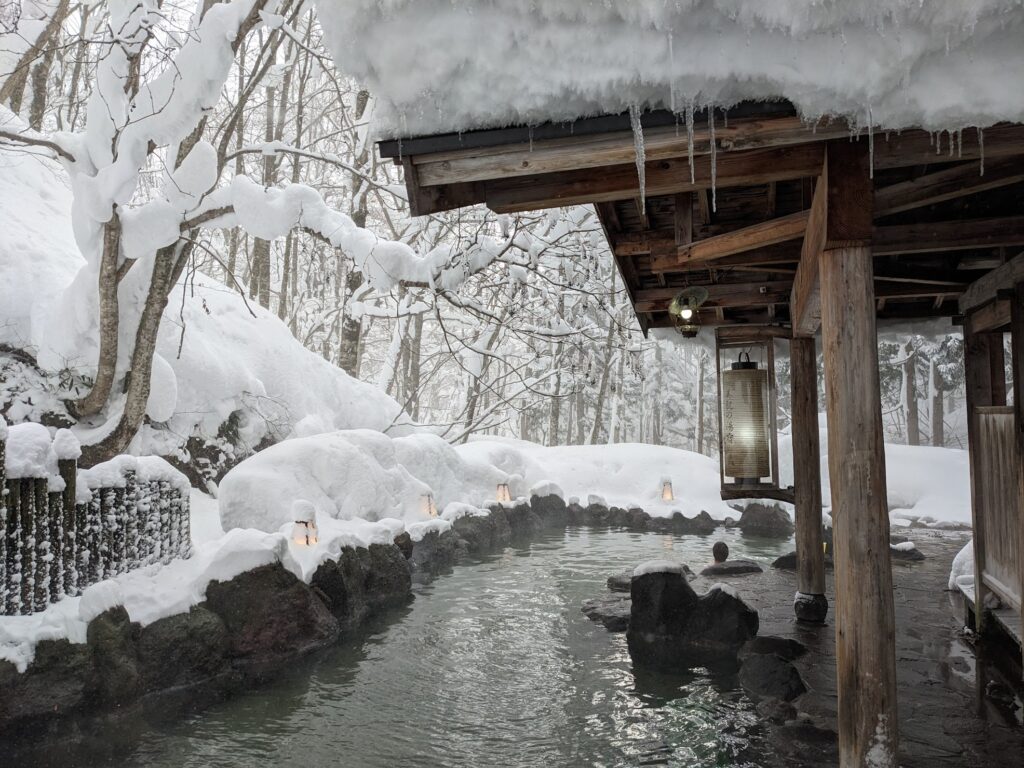
On the bus back to the station we decided to hop off at the shore of Lake Tazawa. Legend has it that a local woman drank so much water that she turned into a dragon, and was soon followed by a local prince, and it’s their antics that prevent the lake from freezing over during winter to this day. Alighting the bus here was the sort of plan where we both agreed in advance that it was absolutely mad thing to be doing, and yet that didn’t stop us. The snow was so deep that even retracing our steps in our walking boots was a real challenge!
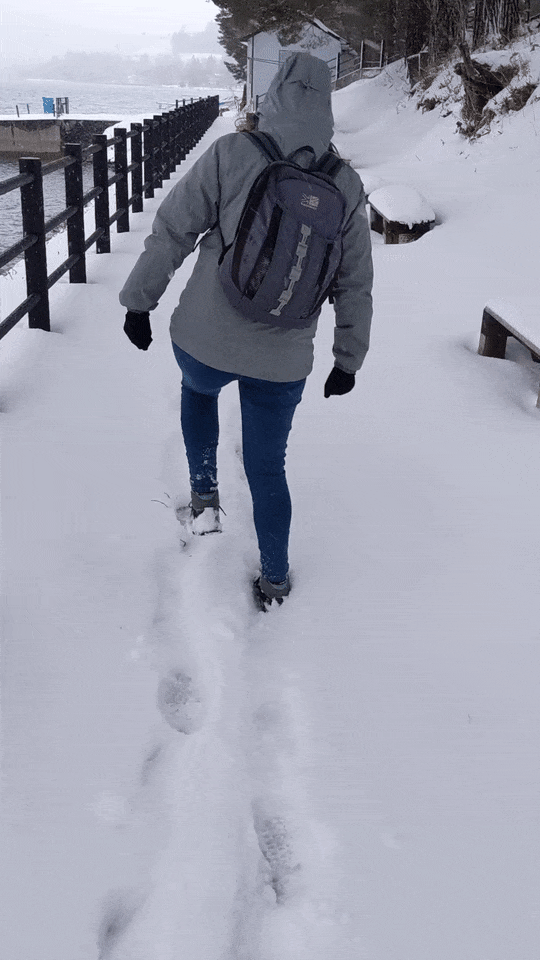
After an exciting few days on the move, it was now time to return to Tokyo to stay put for a few nights. Once again we wouldn’t be alone, as Katie (Sara’s sister) was joining us for the next nine days. We were delighted to have more company, and also keen to explore a different side of the world’s largest metropolis.

